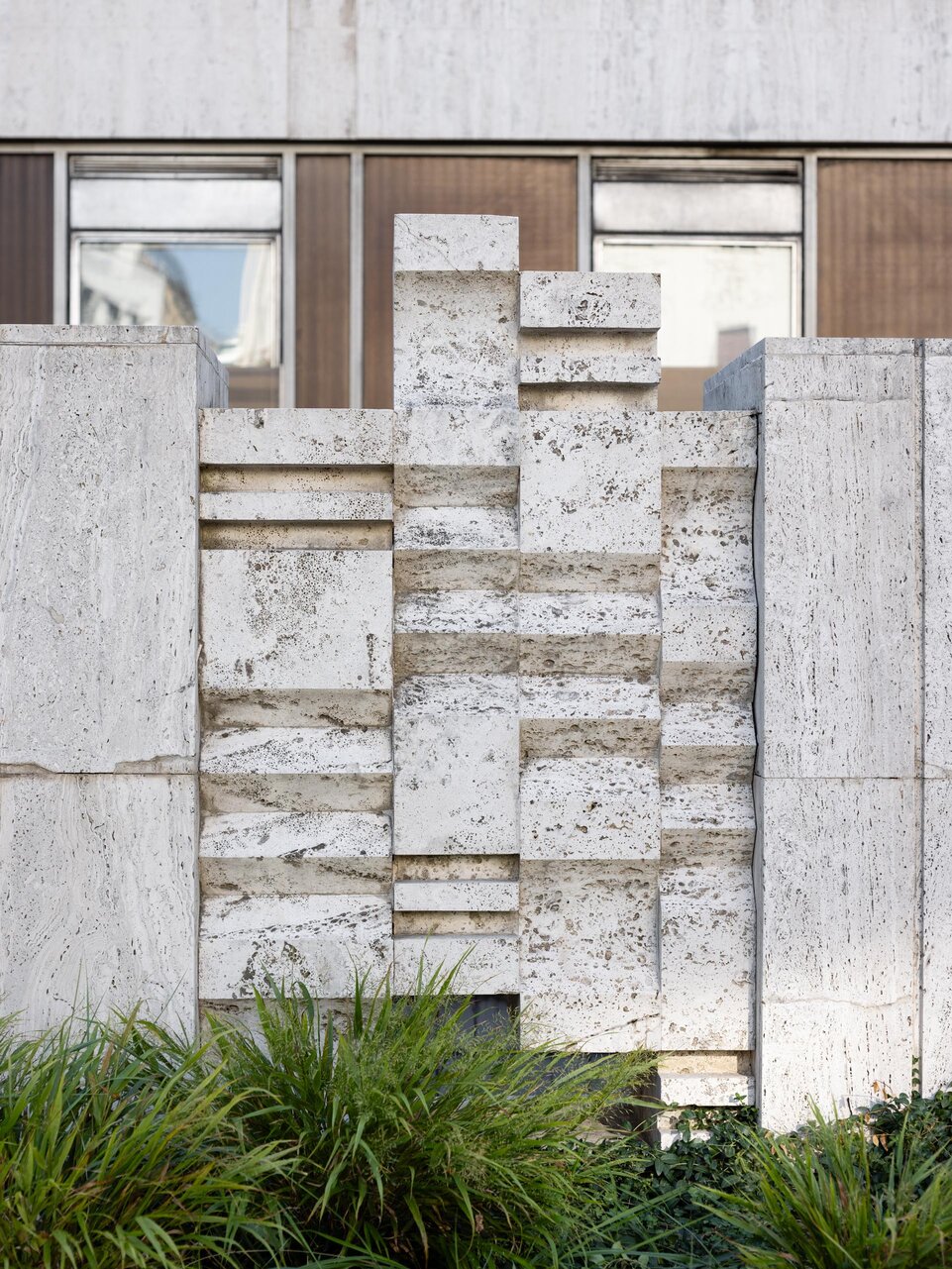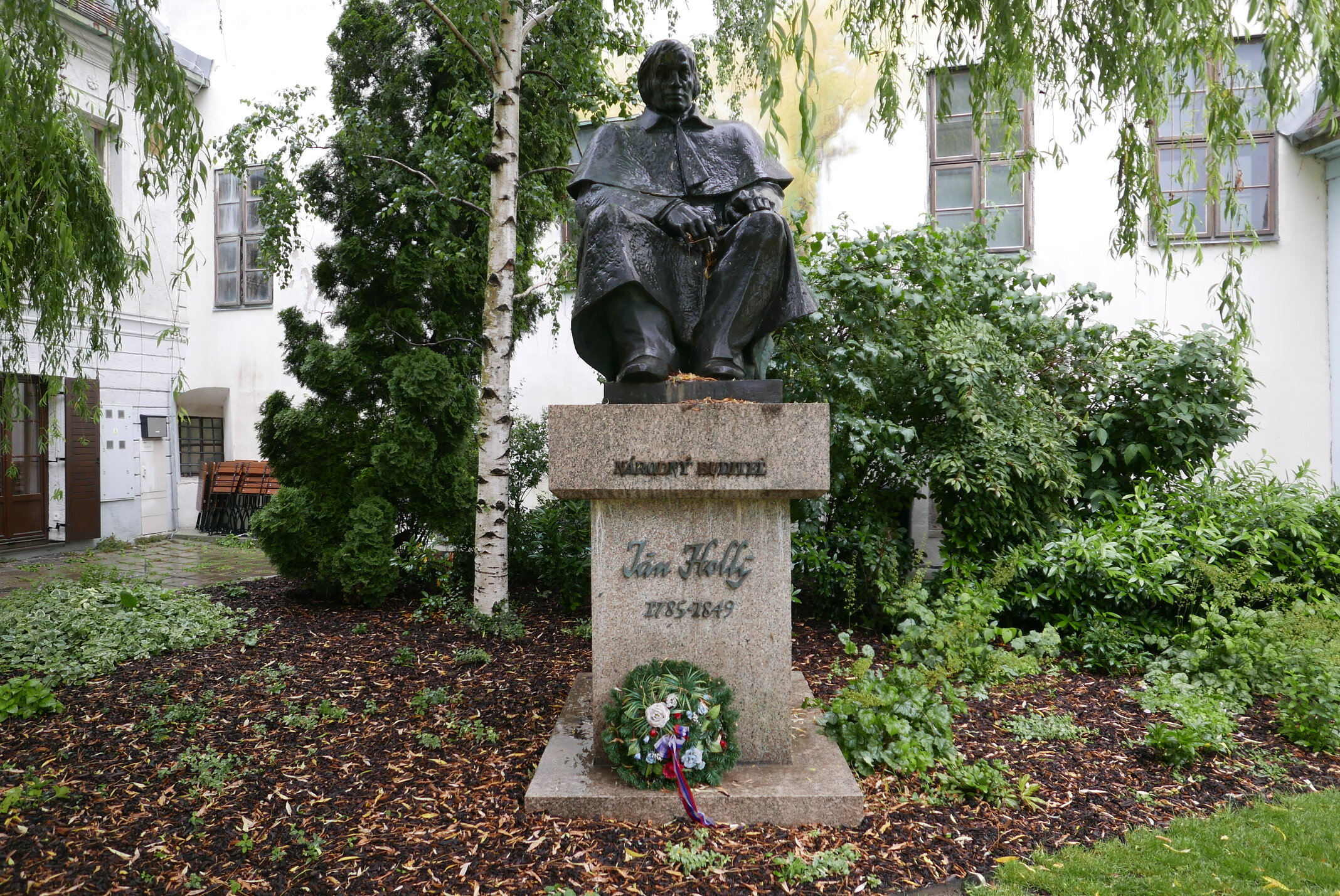Ľudovít Štúr (1815–1856), a Slovak scholar, writer, journalist, publisher, and politician of the Diet of Hungary, codified written Slovak on the basis of the Central Slovak dialect. In one respect Štúr's legacy is today viewed in an uncritically celebratory and superficial manner, in another respect there are significant efforts within various fields at scholarly investigation and sober assessment of his activities. It is notable that Bratislava features a street, square, and linguistic institute named after Štúr, as well as two monuments, a bust, and commemorative relief plaque in his honour. Further commemorative plaques are dedicated to activities and events associated with the work of the Štúr generation.
Design of the monument resulted from an art-architectural competition won by the sculptor Tibor Bártfay and the architect Ivan Salay. The work was installed in a small square at the Danube end of Mostová Street. The history of the area is long and complicated, it having been the site of Coronation Hill and featured sculptures of Maria Theresa and M. R. Štefánik. Following the Second World War, the square was named after Theodore Roosevelt, 26th President of the United States. The statue of Štefánik was later removed, and the area was redeveloped as parkland. The Ľudovít Štúr Monument was erected on the square on 3 November 1972 and the square was renamed accordingly.
Although the monument is dedicated to Ľudovít Štúr, it depicts a group of figures that symbolise the entire Štúr generation. The face of the monument, its southern wall, bears a “hanging” figure of Štúr with an idealised but recognisable face. The other figures, mounted on a raised metal ring, are represented schematically without individualised features. Among the otherwise male figures, a female figure is depicted facing Mostová Street, perhaps as a representative of several of Štúr's female supporters.
The base of the monument is formed by a raised rectangular stone plateau. Subsequently placed on its face is a bronze plaque with the inscription ĽUDOVÍT ŠTÚR / SLOVAK NATIONAL REVIVALIST / 1812–1856. At the centre of the plateau are tall, white, plank-like pillars forming the core from which hangs a ring of bronze figures. For several years following completion of the work, grass strips along the sides of the plateau channelled access to the monument to its Danube-facing aspect. Currently, the area surrounding the monument is a cobblestone island between public transport stops, a space further degraded by parked cars, e-scooters, and tourist trains.
ZD
Research status as of 30 June 2023.



